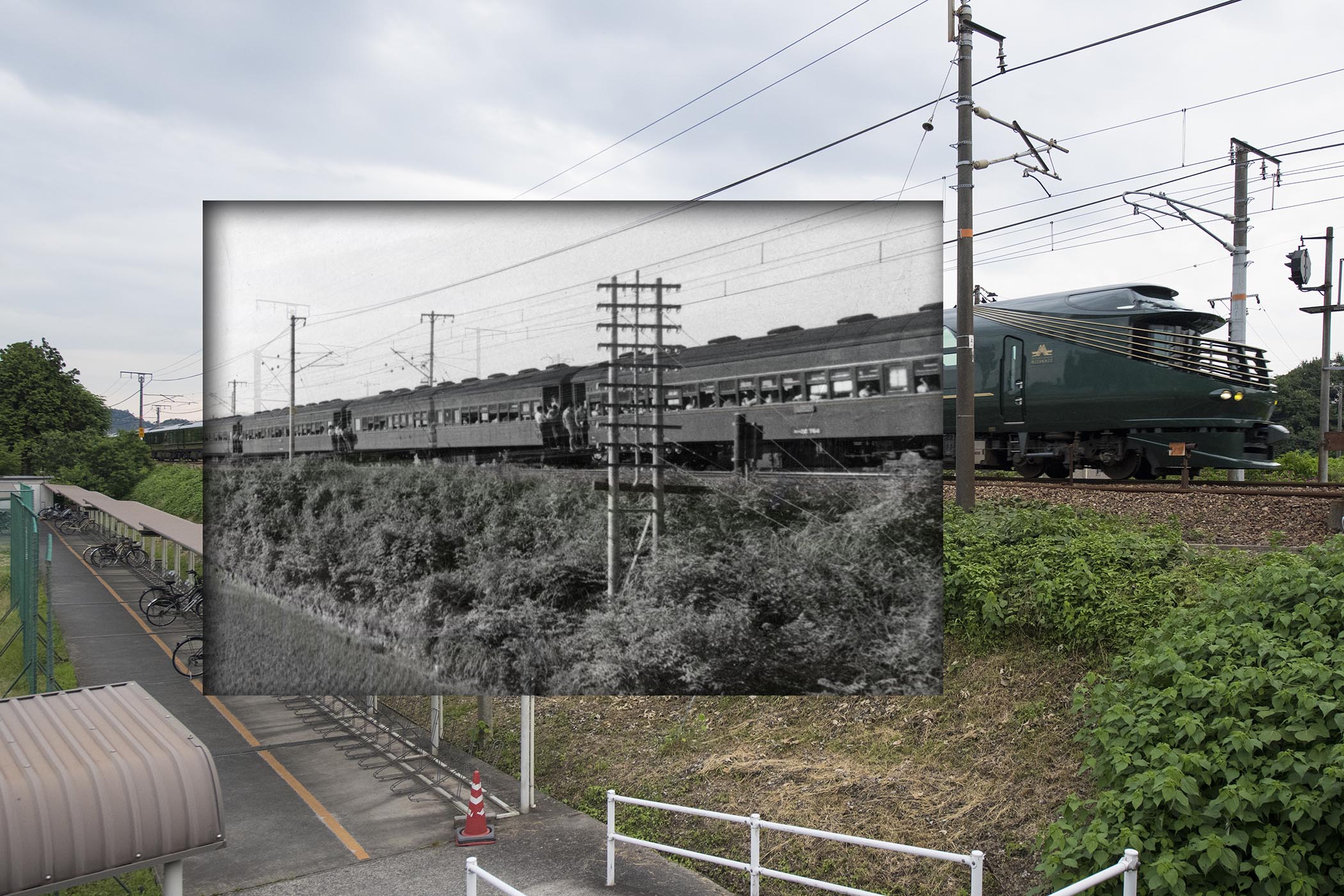The layers of time
To these landscapes captured in two-dimensional photographs one more dimension is added when they are layered one atop the other. They seem separated, but they are connected. Similarly the history that people compose is continuous, yet the individual can only take part in isolated periods. One person is able to catch time on a line, and to cross another person at a point. It is never easy to take over something, but the possibility will rise as we are conscious of the background.










